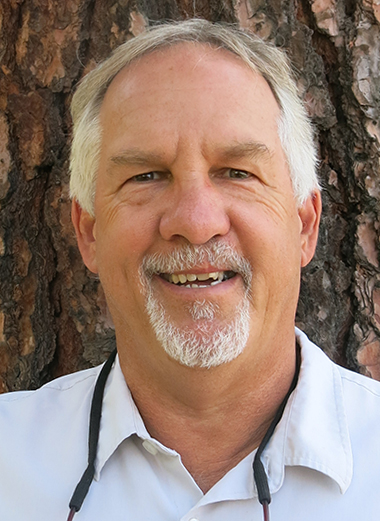Overview of practices to combat postharvest diseases of peach fruit

Dr. Scientific Committee is a Professor of plant pathology in the Department of Microbiology and Plant Pathology, University of California, Riverside for 27 years. He is a world-renown plant pathologist who has been recognized for his outstanding research efforts by commodity groups and professional organizations. In California, the almond, cherry, and citrus industries, as well as the American Phytopathological Society (APS) and international organizations in Argentina and Chile have awarded his distinguished research contributions for his pre- and postharvest research on fruit and nut crops. He is a Fellow of APS and received the Lifetime Achievement Award from the APS-Pacific Division. Dr. Adaskaveg specializes in studying fungal and bacterial diseases of tree fruit and nut crops. He has developed epidemiological models based on pathogen biology and environmental conditions (i.e., temperature and wetness) to forecast fungal diseases such as Alternaria leaf spot and shot hole of almond, rust of peach, Septoria spot and brown rot of citrus, as well as the XanthoCast model for forecasting the bacterial disease walnut blight. Professor Adaskaveg identified and studied postharvest fungal decays of multiple fruit crops, and he led the postharvest agrochemical industry in developing reduced risk fungicides, and more recently, biopesticides and novel sanitation methods for managing these decays in integrated programs. He helped identify fludioxonil as the first reduced risk postharvest fungicide for controlling fruit decays after harvest during storage, transportation, and marketing of commodities. From Dr. Adaskaveg’s efforts in cooperation with the registrant and the federal IR-4 specialty crop registration program, fludioxonil has been registered on more commodities than any other postharvest fungicide in agricultural history. This includes temperate crops like pome fruits, stone fruits, and kiwifruit, subtropical crops such as citrus and avocado, and tropical crops including pineapple, mango, and papaya. He identified other reduced risk fungicides (e.g., azoxystrobin, pyrimethanil) and more recently biopesticides (potassium phosphite, natamycin, polyoxin-D) that resulted in their registrations as postharvest fungicides for managing numerous decays that were previously unmanaged including sour rot of stone fruit and citrus, or poorly managed including gray mold of pomegranate and many fruit commodities, Alternaria rot of citrus and pome fruit, Rhizopus rot of many commodities, and Phytophthora brown rot of citrus.